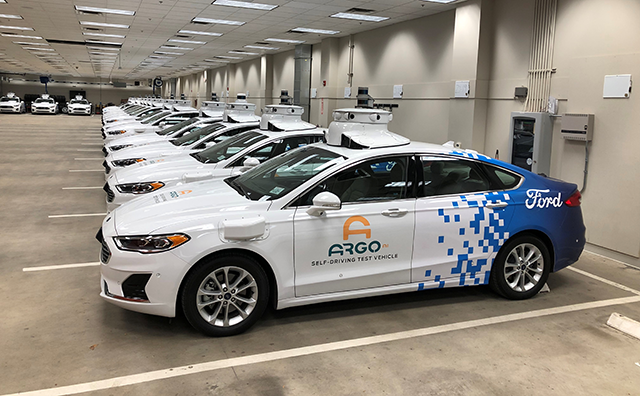Self-Driving Cars Are the Future of Transportation
Driverless cars will revolutionise how people move around cities, helping reduce congestion while improving safety and efficiency.
Cars that become smarter will be able to adjust their routes and communicate with other vehicles more effectively, helping prevent accidents while decreasing social costs and insurance rates.
Safety
One of the major advantages of self-driving cars is their ability to significantly decrease traffic accidents caused by human error, thus saving lives on roads across America. By eliminating human errors using this technology, injuries and deaths will also decrease significantly.
However, autonomous vehicles raise some safety issues, including handling unexpected situations – known as edge cases – that arise under real world driving conditions.
Companies need to ensure that driverless cars can manage unexpected situations effectively by testing their software and developing responses accordingly. Furthermore, an emergency stop button must also be included on any such driverless car software in order to protect its passengers and surroundings from dangerous outcomes.
Efficiency
Self-driving cars employ various sensors to map their environments, including radar, video cameras, lidar (light detection and ranging), ultrasonic wheels sensors and ultrasonic sensors in their wheels. This data allows their software to use instantaneously plot routes and make driving decisions based on this data.
The system utilizes hard-coded rules, obstacle avoidance algorithms, predictive modeling and object recognition in order to navigate the road effectively and comply with traffic laws while anticipating how other road users will move.
Eventually, most driving will be performed by autonomous vehicles – leading to reduced car accidents and carbon emissions as well as savings on fuel and insurance costs for individuals.
Convenience
Autonomous vehicles can be seen as convenient because they’re capable of navigating roads autonomously and making decisions without human input, saving both time and energy as well as helping prevent traffic accidents – making the roads safer overall.
Self-driving cars rely on various sensors to understand their surroundings and detect objects near or behind them, as well as any on the sides. This data is then processed and analyzed to create a map of the area they’re traveling in.
The vehicle’s software then utilizes hard-coded rules, obstacle avoidance algorithms, predictive modeling and object recognition to adhere to traffic laws and navigate safely along its route. Furthermore, this system determines when to slow down or stop.
Privacy
Self-driving cars could revolutionize our travel experiences, yet this technology raises serious privacy concerns.
Autonomous vehicles have the capacity to collect and process vast amounts of data, including personal information from drivers and pedestrians who utilize public roads, creating a formidable challenge for companies managing them.
Many of these issues can be effectively managed using the principles of notice and consent, which are established under fair information practice laws that apply to companies collecting and using personal data.
Cost
Self-driving cars could revolutionize the transportation industry, yet will incur substantial expenses for automakers and suppliers due to advanced autonomous driving systems’ extensive computing power requirements and complex technology needs.
These costs add significantly to the overall cost of owning and driving a car, which is why some automakers are exploring ways to charge additional fees for using autonomous features.
But car owners might find it less costly to opt for existing semi-autonomous features on many vehicles instead. These features take over some driving duties in order to reduce fatigue; and are available on several Tesla, Ford and GM models.
Costs associated with self-driving systems remain prohibitively expensive, however. Tesla’s Full Self-Driving system costs $10,000 on certain vehicles while General Motor’s Super Cruise can be added for as little as $2,500.




